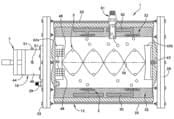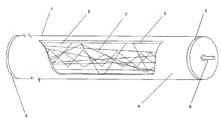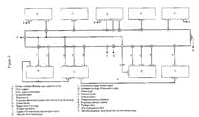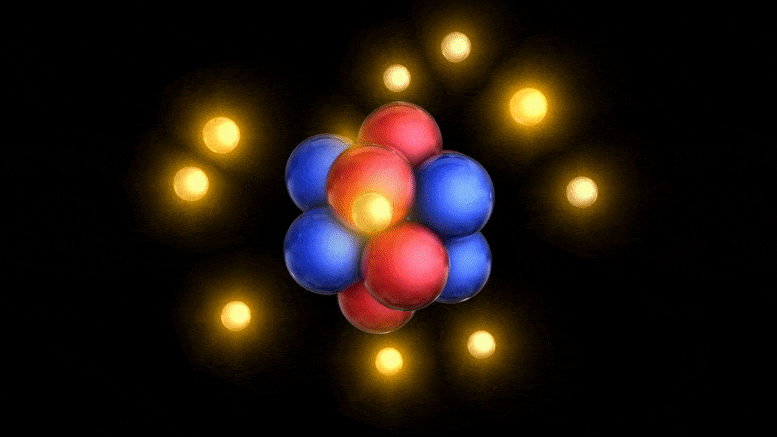A long-term antimatter storage device that may be energized by a low power magnetron and can function autonomously for hundreds of hours on the energy provided by batteries. An evacuated, cryogenic container is arranged with a source of positrons and a source of electrons positioned in capture relation to one another within the container so as to allow for the formation of a plurality of positronium atoms. A microwave resonator is located within the container forming a circularly polarized standing wave within which the plurality of positronium atoms rotate. Radioactive sources for small stores and low energy positron accelerators for large stores are used to efficiently fill the device with positronium in seconds to minutes. The device may also be arranged to provide for the extraction of positrons. A method for storing antimatter is also provided.







